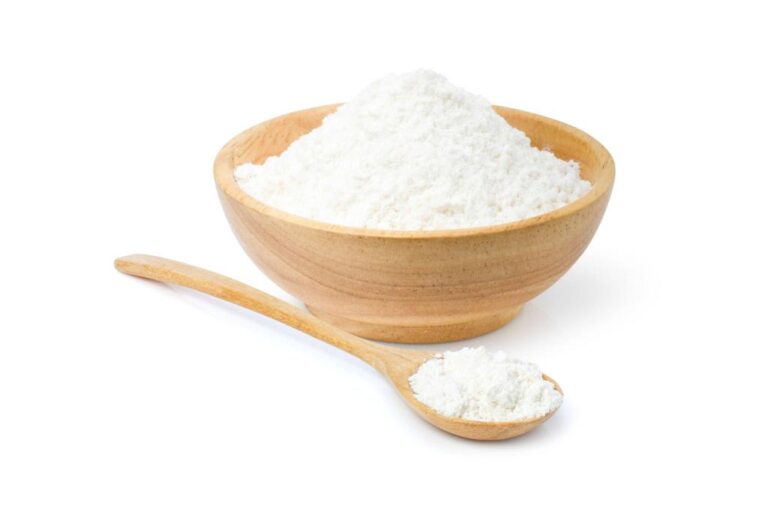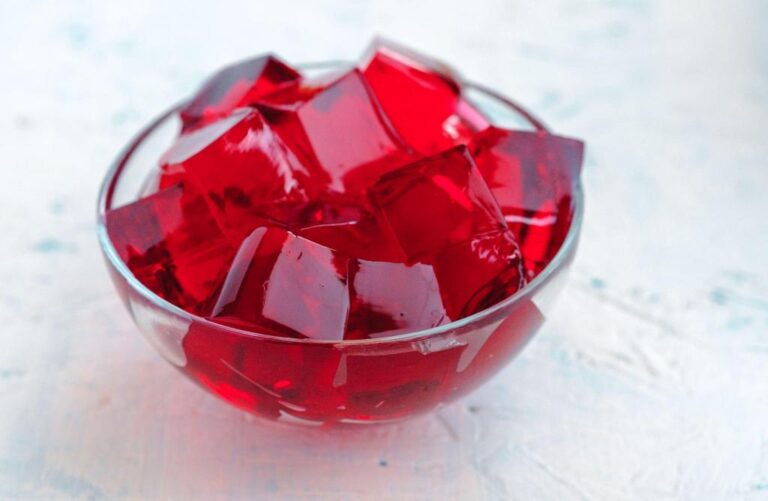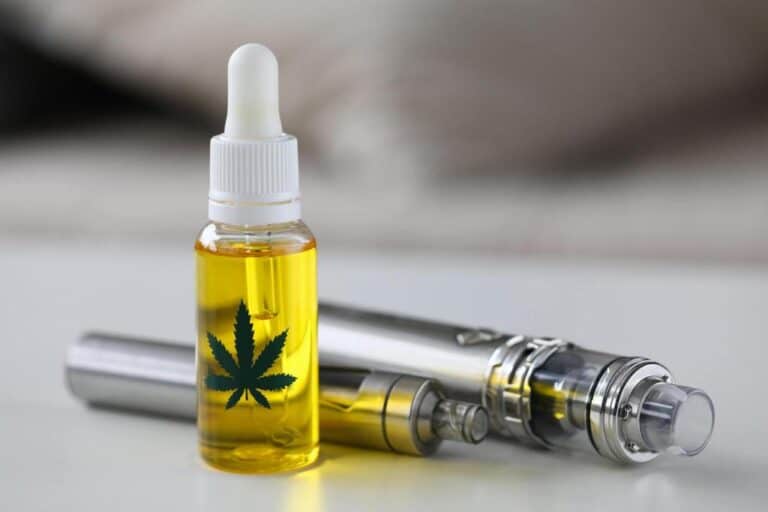Can You Eat Raw Radish Skin? Is Radish Peel Edible and Safe to Eat?
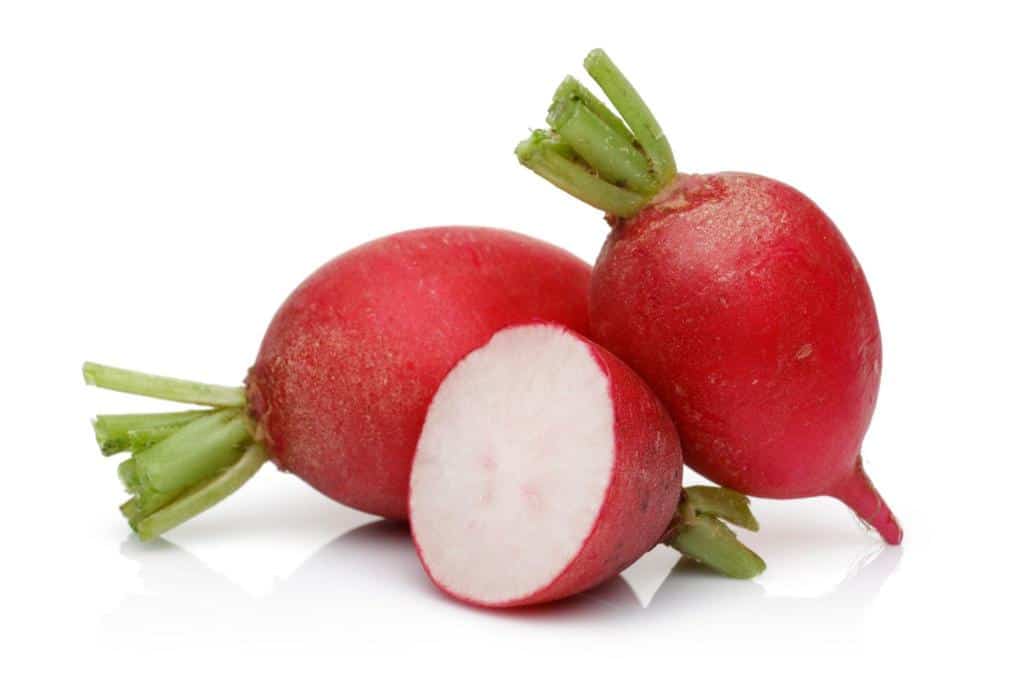
Radishes, with their vibrant hues and crisp textures, have long been cherished ingredients in culinary traditions across the globe. Their vibrant reds, pinks, and whites hint at the delightful crunch and peppery zing they hold within.
But what about their skin? Can you savor the tangy essence of radish peel without worrying? Can you eat raw radish skin?
Yes, you can eat radish peel without worrying. Radish skin is thin and does not need to be peeled before eating or cooking.
In this journey through the world of gastronomy, we’ll explore the enigmatic realm of radish peel – its taste, its textures, and the secrets it guards. Join us as we venture into the territory of edibility and safety, unraveling whether the unassuming skin is a delectable delight or something best left aside. Let’s dive into the vibrant and crunchy universe of radish skin to uncover its mysteries, and perhaps, unearth a new culinary revelation.
Introduction to the Radish Skin
Radishes are root vegetables that belong to the Cruciferae or mustard family. They have light-colored, crunchy flesh, variable skin color, and an almost spicy, peppery taste. Radishes vary in shape from short and round to long and narrow, and the skin can be red, black, white, yellow, pink, or purple.
The skin of the radish is thin and does not need to be peeled before eating or cooking. In fact, most of the “hot” taste is in the skin. Radishes are usually grown as annuals and harvested before they flower.
Radishes are a very good source of vitamin C, which may help fight disease and rescue healthy cells from an onslaught of destructive free radicals. They can be used to help relieve stomachaches, facilitate digestion, eliminate excess water, and regulate blood pressure.
The Nutritional Value of Radishes and Their Skin
Radishes are a nutritional powerhouse, boasting a refreshing crunch and a tangy zing that add a burst of flavor to salads and dishes. But what about their skin? Radish skin is more than just a protective layer; it’s a concentrated source of nutrients that can enhance your diet.
When we compare the nutritional content of radish skin to the flesh, we find a complementary spectrum of vitamins, minerals, and antioxidants. Radish flesh offers a crisp bite and a mild flavor, while the skin contributes an extra layer of texture and a subtle peppery note. Incorporating both parts into your meals allows you to reap the benefits of their combined nutritional profiles.
Texture and Taste of Radish Skin
Radish skin has a crispy texture when eaten raw. Most of the “hot” taste is in the skin of radish, which gives radishes their peppery taste. When cooked, the spicy taste disappears, and the flavor deepens into a sweet and neutral taste.
A recipe for “Radish skin kinpira,” which suggests that the skin can be cooked and has a sweet and sour taste that is outstandingly delicious. Overall, the taste and texture of radish skin can vary depending on whether it is eaten raw or cooked and how it is prepared.
Is Radish Peel Edible and Safe to Eat?
The answer is a reassuring yes, but with a caveat. The skin has a crispy texture and a peppery taste, which gives radishes their characteristic flavor. Additionally, eating raw radishes can have health benefits, such as reducing inflammation and lowering cholesterol.
While radish skin is generally safe for consumption, it’s important to take precautions. Radishes, like many other vegetables, can harbor residues from pesticides or contaminants. To enjoy radish skin without worry, opt for organic radishes or give conventionally grown ones a thorough wash to remove any potential residues.
Some people may find the taste too spicy, and if you prefer a milder taste, you can soak the radishes in ice water for a couple of hours before eating them. Be careful that consuming large amounts of raw radishes can potentially impact the health of our thyroid.
Culinary Uses of Radish Skin
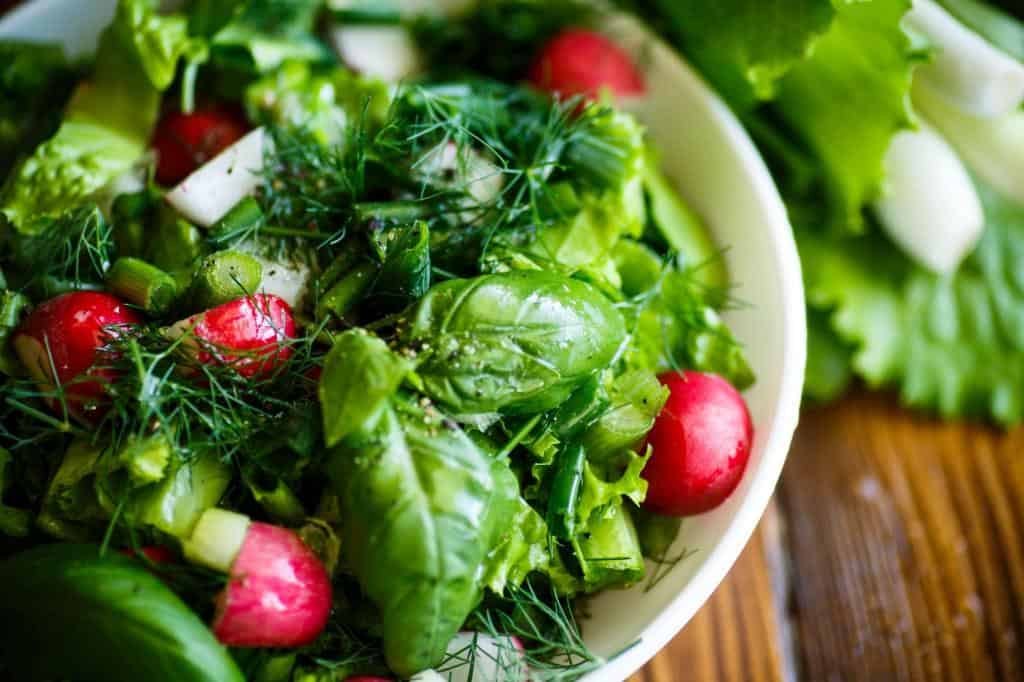
Beyond its nutritional value, radish skin has a culinary role that’s worth exploring. In certain cultures, radish skin is used creatively to add color and depth to dishes. From vibrant pickles to refreshing slaws, the skin contributes not only its distinct hue but also a delightful crunch.
Incorporating radish skin into your culinary endeavors is a fantastic way to minimize food waste while enhancing the visual appeal and flavor profile of your creations.
Radish Skin Recipes: Embracing the Whole Radish
Why stop at consuming radishes in their more familiar form? Embrace the skin by incorporating it into your culinary creations. Here are a few ideas to tantalize your taste buds:
1. Radish Chips
Thinly slice radishes, leaving the skin on, and bake them until they transform into crunchy chips. A sprinkle of salt and your favorite seasoning can elevate this simple snack into a gourmet delight.
2. Radish-Peel Salad
Create a colorful and nutritious salad using radish peels. Combine them with other fresh vegetables, greens, and a zesty dressing for a dish that’s both visually appealing and palate-pleasing.
3. Pickled Radish Skins
Turn radish skins into a tangy, flavorful condiment by pickling them. Their natural peppery taste will mingle with the briny, tart notes of the pickling solution, creating a versatile topping for sandwiches, tacos, or grilled meats.
Digestibility and Digestive Benefits of Radish Skin
You might wonder if radish skin is as easy to digest as its fleshy counterpart. The answer lies in its dietary fiber content. Radish skin contains dietary fiber, which plays a crucial role in supporting healthy digestion and maintaining regularity.
Its fiber content promotes a feeling of fullness and aids in the movement of food through the digestive tract. If you’re looking to boost your fiber intake, incorporating radish skin into your diet is a flavorful and nutritious way to do so.
Nutritional Value and Potential Health Benefits of Consuming Radish Skin
Nature often hides its treasures within the seemingly ordinary, and radish skin is no exception. It contains a wealth of nutrients, including fiber, vitamins, and minerals. These nutrients are concentrated in the skin, making it a valuable component of the radish. Embracing the skin means embracing a richer nutritional profile.
Beyond its culinary allure, radish skin holds potential health benefits that are worth considering. The skin contains antioxidants, compounds that help neutralize harmful free radicals in the body. These antioxidants contribute to skin health, combat oxidative stress, and are linked to a reduced risk of chronic diseases. While research is ongoing, preliminary studies suggest that incorporating radish skin into your diet may contribute to a healthier you.
Tips for Preparing and Enjoying Radish Skin
For those eager to explore the culinary possibilities of radish skin, preparation is key. Follow these steps for a delightful experience:
- Thoroughly Clean the Radishes: Rinse the radishes under cold running water and gently scrub the skin to remove any dirt or debris.
- Opt for Organic or Well-Washed Radishes: If possible, choose organic radishes to minimize exposure to pesticides. If not, ensure proper washing to reduce any potential residue.
- Experiment with Cooking Methods: Radish skin can be enjoyed raw, but experimenting with different cooking methods can unlock new flavors. Try roasting, sautéing, or even pickling the skin.
- Pairing with Other Ingredients: Radish skin pairs well with a variety of ingredients. Toss it in salads, add it to wraps, or incorporate it into stir-fries for an added crunch.
- Embrace Culinary Creativity: Don’t be afraid to experiment with radish skin in your favorite recipes. Its vibrant color and peppery undertones can elevate the visual and gustatory appeal of your dishes.
Incorporating radish skin into your culinary repertoire not only enriches your dining experience but also contributes to a more sustainable and conscientious way of eating. So, the next time you’re faced with a bunch of radishes, remember that the peel holds a world of flavor and potential—a testament to the dynamic nature of this humble vegetable.
Myths and Facts About Eating Radish Skin
The thin, unassuming skin of a radish often sparks myths and misconceptions. Let’s uncover the truth about this edible layer.
- Myth: Radish skin has no nutritive value.
Fact: Radish skin is a good source of fiber and contains some vitamins and minerals, including vitamin C and potassium.
- Myth: Radish skin is too spicy to eat raw.
Fact: Radish skin has a peppery taste, which gives radishes their characteristic flavor. Some people may find the taste too spicy, but the skin can be eaten raw.
- Myth: Eating raw radish skin is bad for your health.
Fact: Eating raw radish skin can have health benefits, such as reducing inflammation and lowering cholesterol. However, consuming large amounts of raw radishes can potentially impact the health of our thyroid.
- Myth: Radish skin should always be peeled before eating or cooking.
Fact: Radish skin is thin and does not need to be peeled before eating or cooking. In fact, most of the “hot” taste is in the skin, which gives radishes their peppery taste.
- Myth: Radish skin cannot be cooked.
Fact: Radish skin can be cooked and has a sweet and sour taste that is delicious. When cooked, the spicy taste disappears, and the flavor deepens into a sweet and neutral taste
- Myth: Radish Skin Should Always Be Removed
Fact: Whether to remove radish skin depends on personal preference and culinary use. While it’s entirely safe to eat, some may prefer to peel radishes for a milder taste. However, leaving the skin intact can enhance texture and flavor in various recipes.
In Conclusion
The next time you find yourself face-to-face with a radiant bunch of radishes, remember that their skin is more than just a protective layer. It’s an edible and nutritious component that contributes to the overall radish experience. Whether you’re crunching on a whole radish, experimenting with radish chips, or savoring the tang of pickled skins, you can enjoy the benefits of this often-overlooked element. So go ahead, embrace the skin, and savor the multmake surensional symphony of flavors and textures that the radish has to offer.
FAQs on Healthiness of Radish Skin
Is it safe to eat radish skin?
Absolutely, radish skin is safe to eat. Just ensure you wash them thoroughly to remove any potential contaminants.
Can you cook radish with the skin on?
Yes, you can! The skin softens when cooked and adds a unique texture and flavor to your dishes.
How do you prepare radish skin for consumption?
Wash the radishes thoroughly under running water and scrub gently to remove dirt. If you prefer, you can peel the radishes, but eating the skin adds extra nutrition.
What are the potential health benefits of radish peel?
Radish skin contains antioxidants that contribute to skin health and may help prevent certain diseases. Its dietary fiber also aids digestion.
Are there any risks or side effects associated with eating radish skin?
Generally, there are no significant risks. However, if you have a sensitivity to fiber-rich foods, consuming large amounts might lead to digestive discomfort.

